Over the previous five posts, I have written about the historical connection between the Thomas Jefferson and Franklin D. Roosevelt memorials on the Tidal Basin in Washington, DC, and about the history that informs the four outdoor rooms of the FDR memorial. But this last post brings the story up to our present day, and a tribute that visitors can pay to FDR in New Orleans.
The National WWII Museum tells the story of the American experience in World War II—why it was fought, how it was won, and what it means today. In my seven years working here, the Museum has opened major permanent exhibit galleries. The Museum tries to bring forward the experiences of average Americans in the war, in many different environments and places around the world. But one constant thread through those experiences is the leadership of President Franklin D. Roosevelt. And in 2017, when the museum completed our permanent galleries dedicated to the American Home Front and transformed Andrew Higgins Drive with our Founders Plaza, one great feature was added to the museum’s campus: a life-size bronze sculpture of President Franklin D. Roosevelt.
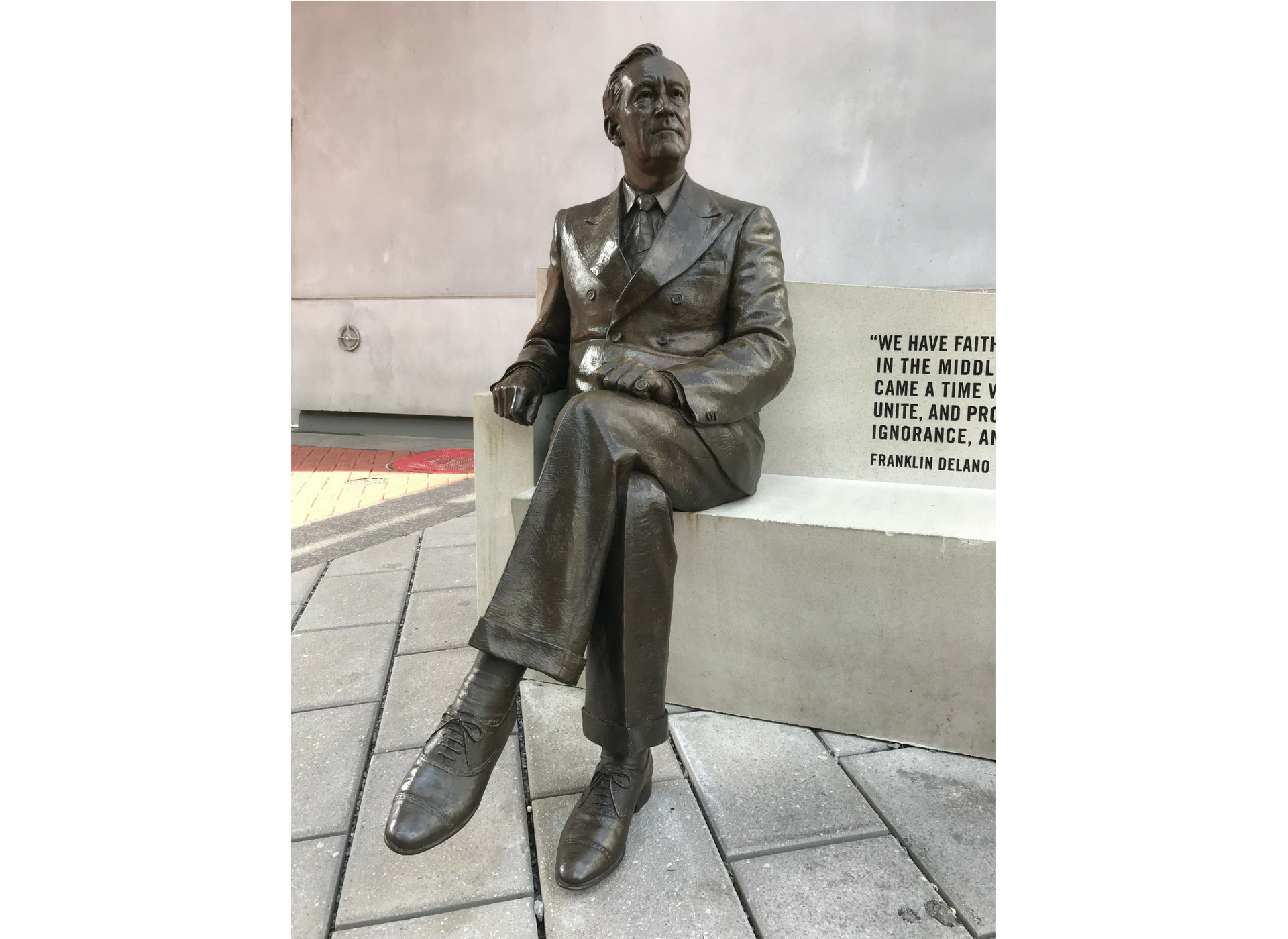
Some interesting inside aspects that readers might be curious about regarding the creation of the sculpture:
One of the first difficulties we faced was deciding what sort of pose we should select for the statue. The reason this was difficult is that there are no photographs or images of FDR as president that truly depict him as a man of action, on the move, confidently striding through war and adversity. Because of his polio, he is usually seated in photographs, and in those images where he locked his braces and stood to speak, the image is often obscured by desks, podiums, or another person whom FDR was holding onto for support.
The image we selected is based on the famous photographs of FDR with Winston Churchill and Joseph Stalin at the Tehran Conference in November–December 1943, the first meeting of the “Big Three” in which plans for the invasion of Normandy and the opening of a second front against the Nazi empire were finalized. That moment arguably was the height of Roosevelt’s power and standing among the Allies, and in the photographs he appears strong, confident, in command, and ready to wage unrestricted war.
But then the sculptor and fabricators informed us of a design problem—namely, that the figure would not sit on the bench properly in the spatial orientation that had been planned on the grounds. We solved the problem by taking a little artistic license by reversing the image in its left-right orientation—in other words, the statue would not copy FDR’s actual body pose at Tehran but would be a mirror image of it.
Another issue that arose was the amount of detail that we could realistically put into the statue. Specifically, Roosevelt wore pince-nez glasses, and was famous for the jaunty angle of his cigarette holder. The problem with adding these features is that only delicate metal designs could portray those features, and in a public space children and people would grasp, hang on, and break those features. So we decided to skip those features, but we were able to include one specifically Roosevelt-ian detail into the statue—we included his pinky ring (the original is more ornate as it includes his family crest, but we agreed for the statue that it was not necessary to obtain that level of detail, only the clear impression of the ring).
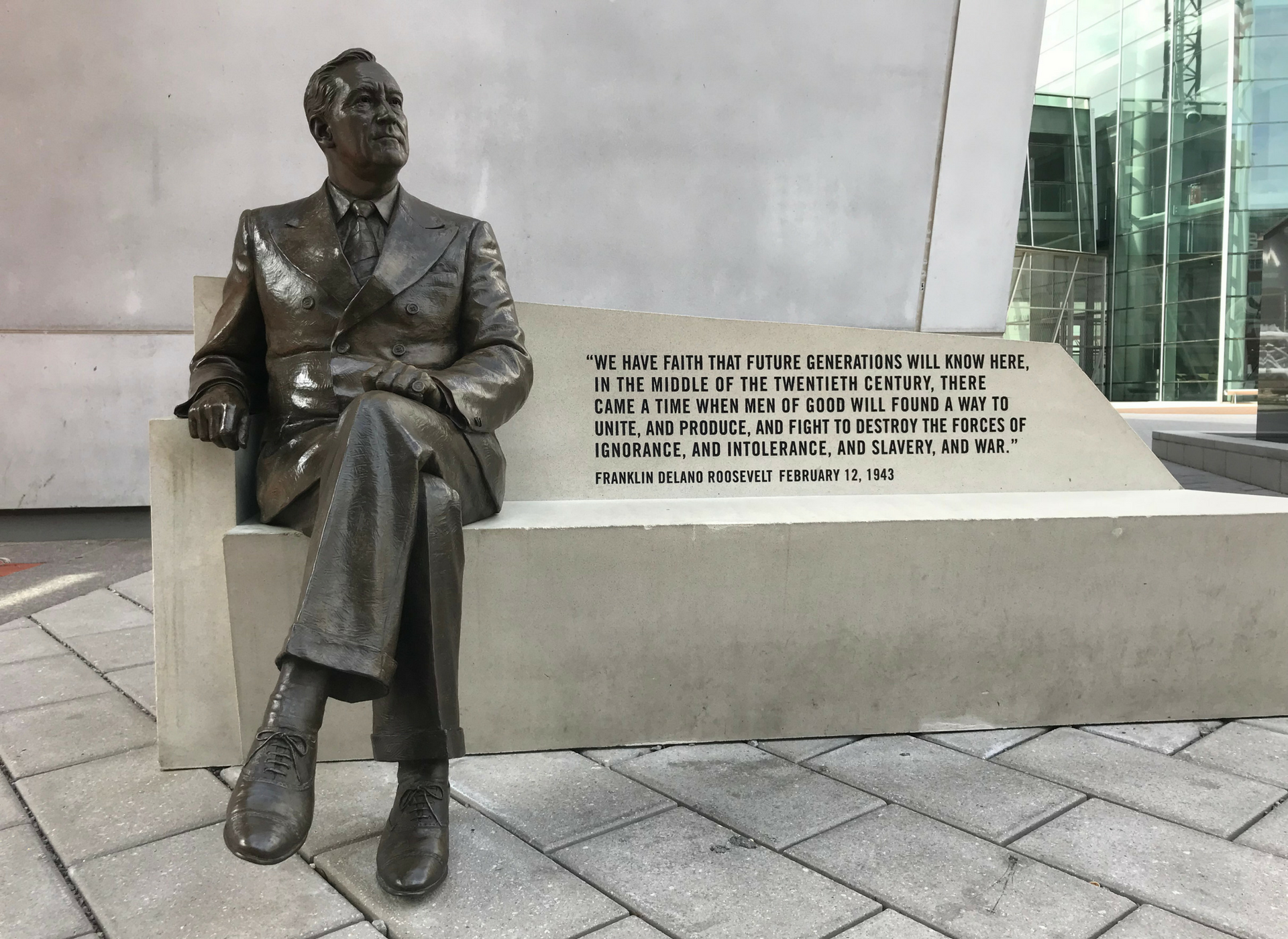
The inscription on the bench beside FDR here at the museum is from his February 12, 1943, speech to the White House Correspondents’ Association: “We have faith that future generations will know here, in the middle of the twentieth century, there came a time when men of good will found a way to unite, and produce, and fight to destroy the forces of ignorance, and intolerance, and slavery, and war.” It is a fitting tribute for visitors to the National WWII Museum in New Orleans to ponder.
History is filled with living connections to the past. It is a short journey from FDR’s dedication of the Thomas Jefferson Memorial on the Tidal Basin on April 13, 1943—made only two months after the above quote—to the brief walk along the Tidal Basin between Jefferson's memorial to Roosevelt’s own memorial where the same quote is featured in a concluding room, then to The National WW II Museum in New Orleans. Future generations—and our generations today—can come to all these places to learn and understand the leadership of President Franklin D. Roosevelt for the Americans of his time, and our own.
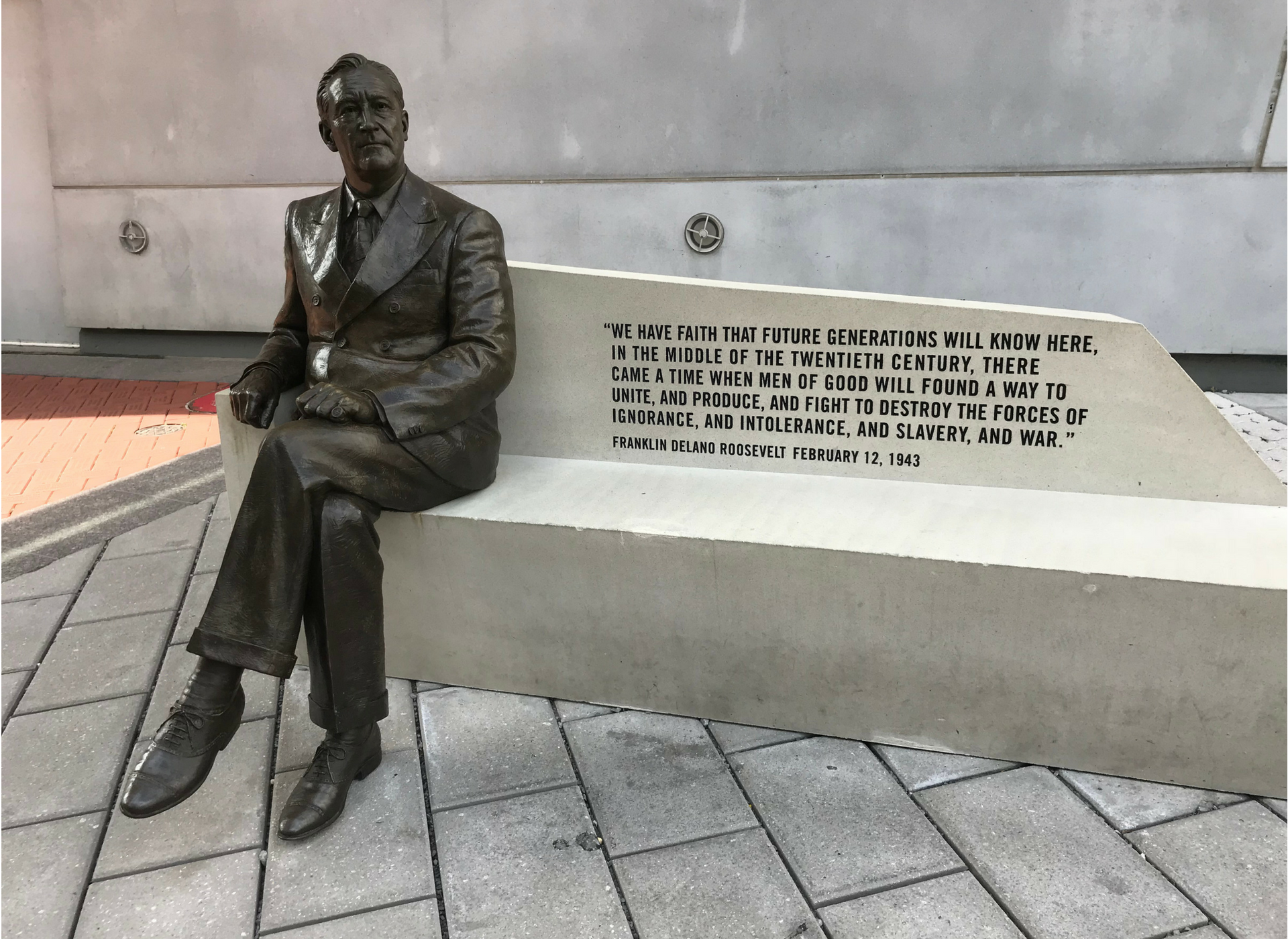
Note: This is the last of six posts about Franklin D. Roosevelt memorials. Read Part One. Part Two. Part Three. Part Four. Part Five.
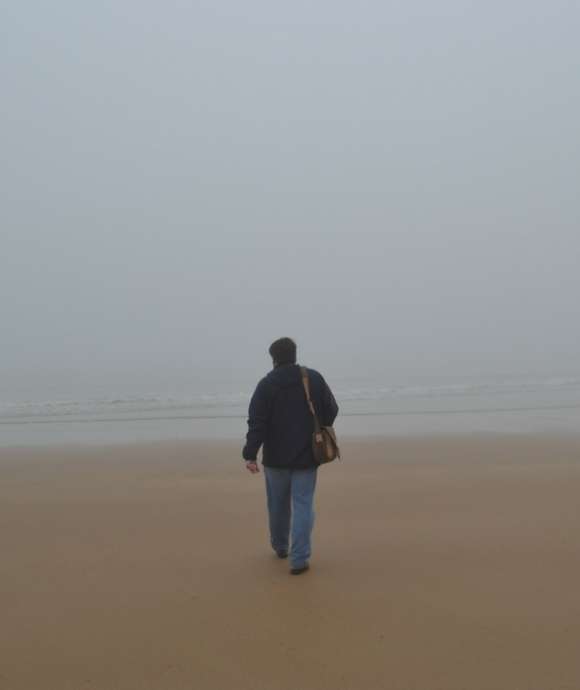
"No matter one’s age, travel is a unique and exciting educational experience. In my work, I have had the opportunity to reflect on history, events, and people in the places where they experienced life. Through the viewfinder, we can not only find history and perspective, but create memory, and evoke our evergreen past."
– Keith Huxen, PhD, Senior Director of Research and History, The National WWII Museum
Keith Huxen
Keith is the former Senior Director of Research and History in the Institute for the Study of War and Democracy at The National WWII Museum.
Cite this article:
MLA Citation:
APA Citation:
Chicago Style Citation:
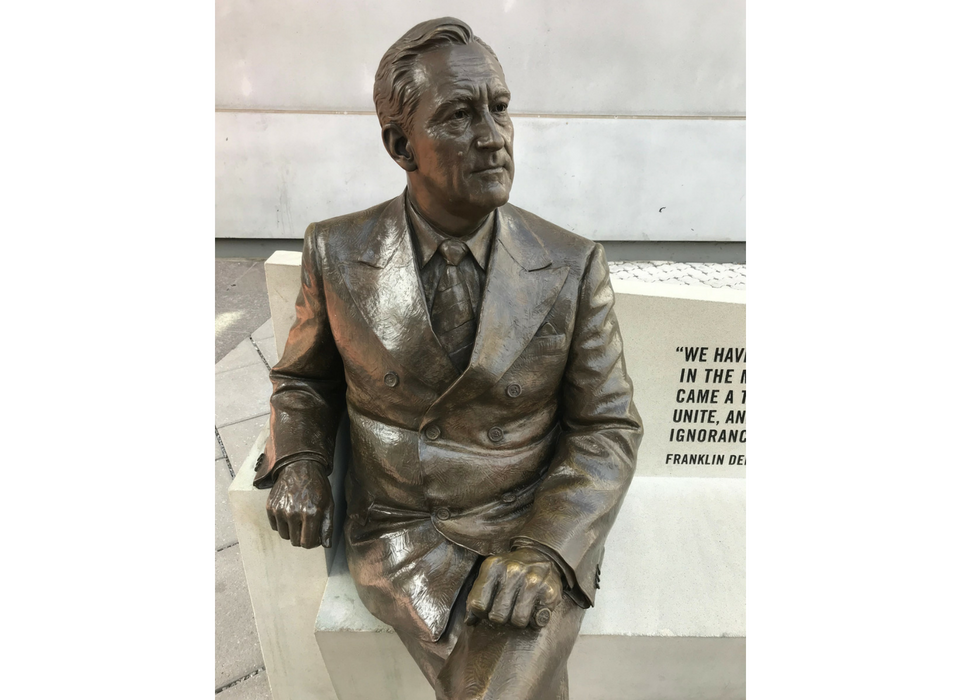

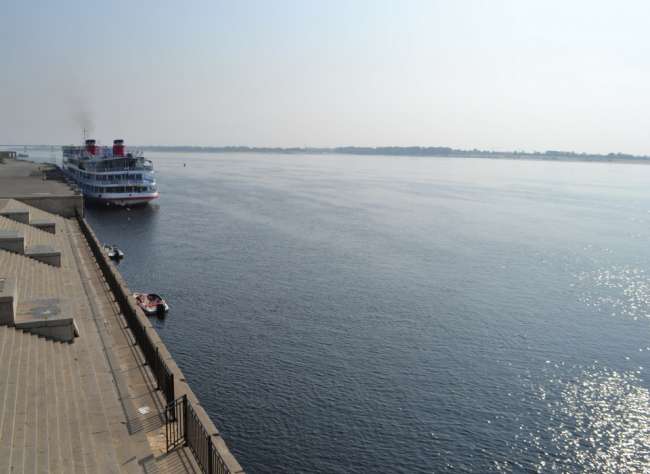
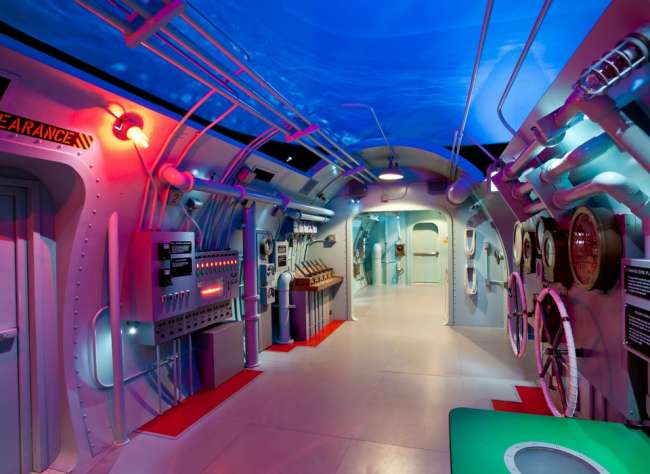
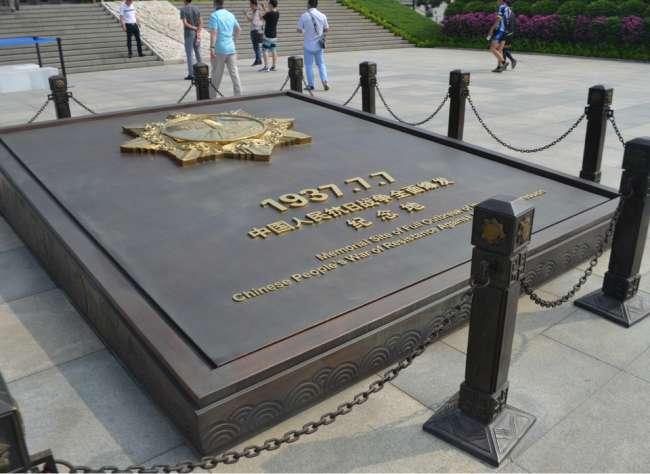




![Max Fuchs, New York City cantor, sings as Rabbi Sydney [sic] Lefkowitz, Richmond, VA, conducts the first Jewish services from Germany.](/sites/default/files/styles/max_650x650/public/2025-10/image1.jpg)


